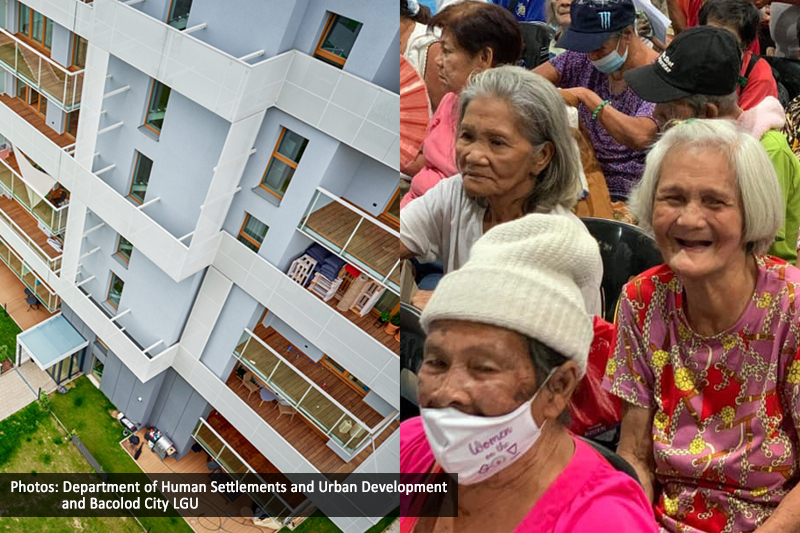Conclusion
One of the things that the new administration would have to think about next year is whether it would push for the retention of rice-import quotas in 2017. Instead of slapping tariffs on all rice imports, the Philippine government decided to maintain the so-called quantitative restriction (QR) on rice to prevent the influx of cheap rice from neighboring Asian countries.
The QR has been in place for more than two decades. When the second extension for the trade protection expired in 2012, Manila opted to negotiate for its retention. Following negotiations with countries that have expressed their intention to consider Manila’s bid, the World Trade Organization allowed the Philippines to continue implementing the QR until June 30, 2017.
In pushing for the retention of rice-import caps, Manila said removing the QR would threaten the livelihood of some 2.4 million rice farmers, who are small landholders. To maintain rice quotas, Manila had to raise the minimum access volume (MAV) of rice to 805,200 metric tons (MT), from the previous 350,000 MT. Rice imports that fall within MAV are slapped a tariff of 35 percent, lower than the 40-percent tariff imposed on "out-MAV” shipments.
The rationale behind the implementation of the QR, an expert said, is to ensure that Filipino farmers would be able to compete once the quotas are removed. A study, titled "Benchmarking Philippine Rice Economy Relative to Major Rice-Producing Countries in Asia,” found that rice production is relatively competitive in the Philippines. Findings, however, suggested that more needs to be done to ensure that farmers will survive once the government fully opens up the country’s rice market.
The study was commissioned by the Department of Agriculture (DA), and was done in close collaboration with the International Rice Research Institute. Using 2013 data, it examined rice production in the Philippines, China, India, Indonesia, Thailand and Vietnam.
The study revealed that, among the six countries, the Philippines ranked third in terms of the cost of producing rice per hectare. It also found that Filipino farmers paid the highest amount of irrigation fee, at P2,536 per hectare. In contrast, farmers in China do not pay for irrigation water.
Rice Watch Action Network (R1) lead convener Aurora Regalado said the government should consider reducing irrigation fees. "Why do Filipino rice farmers pay costly irrigation fees when neighboring rice-exporting countries heavily subsidize their farmers by providing them free irrigation?”
Regalado said the government and the rice sector need to work double time to prepare for the full impact of the possible lifting of the QR. R1 called for a "mixture of strategies,” which would incorporate or align initiatives rolled out under several government programs.
David Dawe, senior economist of the UN’s Food and Agriculture Organization backed the Philippines’s bid to pursue rice self-sufficiency. Dawe said, however, that the country should also be prepared to become competitive.
"I think the government should pursue rice self-sufficiency based on enhanced competitiveness, lower cost of production per ton, and a sufficiency program based on research and development,” Dawe said in an interview.
In terms of decreasing the current production cost of rice in the country, Dawe said "the single biggest thing, or component, of rice-production cost is labor,” adding that to reduce that, "some kind of mechanization program” should be pursued.
The government, he said, must closely examine whether the self-sufficiency program is making
progress. Dawe said the "litmus test” for the program is when the local rice sector "is subjected to international competition to some extent through import.”
Early this year Agriculture Assistant Secretary Edilberto de Luna told stakeholders of the rice industry to brace for the possible termination of the QR in 2017. The DA said it has jump-started nationwide consultations with its partners for this.
De Luna, who is in charge of the national rice and corn programs, said there is a need for the rice industry to prepare for this "eventful scenario.” He said there’s a need to craft the best programs and directions to attain competitiveness and self-sufficiency in rice.
Among the strategies the DA had recommended include improved rice harvest by restoring irrigation facilities; adoption of high-yielding varieties; provision of farm equipment and facilities; and access to credit, among others.
Dr. Roehlano Briones, senior research fellow at the Philippine Institute for Development Studies, said the government should also prepare for income loss for local rice farmers. Lifting the QR, he said, would likely result in cheaper rice prices but lower farm-gate prices for locally produced rice.
"What the government has to consider is how to actually provide temporary support to farmers to compensate for their income loss. The assistance could come in the form of a cash-transfer scheme or a price-guarantee scheme,” Briones said in an e-mail to the BusinessMirror.
A cash-transfer scheme, he said, would provide fixed and lump-sum payments to rice farmers. Under the price-guarantee scheme, farmers could be paid the difference between a benchmark price and an "insurance price” in case prices become too low. Briones said funds for these schemes could come from tariffs that would be slapped on rice imports once the QR is removed.
Briones said the possible lifting of the QR could also act as a "transitional measure” for farmers to diversify to high-value crops. With the lifting of the QR, Briones said rice importing should become an "exclusive function” of the private sector.
"The detrimental effects [of the removal of the QR] on farmers are unavoidable, but these can be mitigated with the right preparation,” he said.//
Is the Philippines ready to scrap rice import quotas in 2017?












